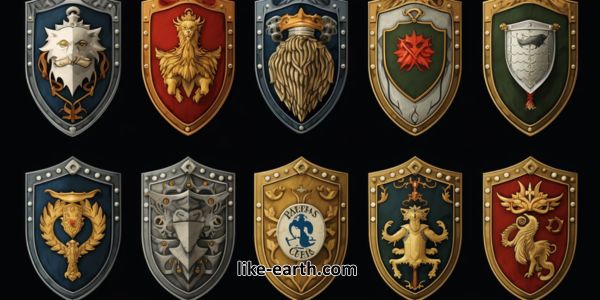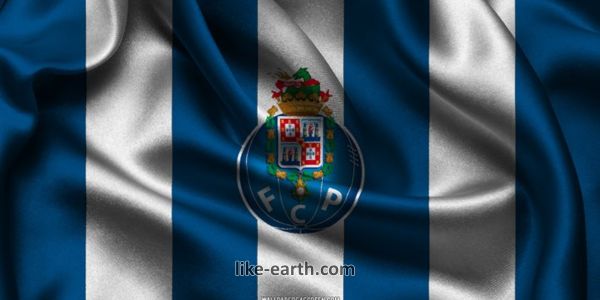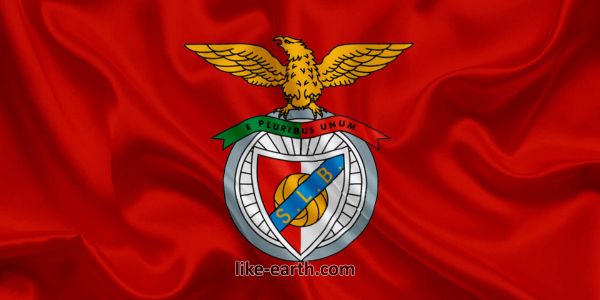The Evolution of Royal Symbols Through History

Origins of Royal Symbolism
Royal symbols date back to ancient civilizations. Egyptian pharaohs wore the Pschent, a double crown symbolizing their rule over Upper and Lower Egypt. In Mesopotamia, kings depicted themselves with divine attributes, associating their rule with gods. These symbols communicated divine right and absolute power to the public.
Symbols such as the scepter and orb emerged in early European monarchies. These items symbolized the king’s temporal and spiritual authority. They were often crafted with precious metals and embedded with sacred stones.
Medieval Heraldry and Royal Identity
The medieval period saw the rise of heraldry. Monarchs developed coats of arms to distinguish their reigns. Heraldic crests became essential on banners, seals, and armor. They told stories of lineage, conquest, and territorial claims.
Color and symbolism were vital. Gold represented generosity, red symbolized warrior strength, and blue stood for loyalty. The lion, eagle, and dragon were common heraldic beasts symbolizing courage and protection.
Religious Influence and Iconography
Religion deeply influenced royal symbols. European monarchs often included crosses and saints in their coats of arms. The Christian cross, in particular, symbolized divine authority and moral governance. In Asia, Buddhist and Confucian symbols often appeared in royal emblems.
Religious symbols reinforced the monarch’s divine right to rule. Royal seals frequently bore religious phrases, further legitimizing their authority.
Renaissance Refinement and Symbolic Richness
The Renaissance brought a refinement of royal symbolism. Artists and scholars reimagined royal imagery using classical inspiration. Monarchs commissioned elaborate portraits showcasing crowns, robes, and thrones with unprecedented detail.
Symbolism extended beyond regalia. Gardens, palaces, and urban layouts became extensions of royal identity. Symbols reflected personal values, dynastic ambitions, and cultural patronage.
Modernization and the Role of National Identity
The industrial age introduced new forms of symbolism. National flags incorporated royal emblems. Uniforms, coins, and stamps became key tools of royal branding. As monarchies became constitutional, their symbols adapted to serve national unity rather than absolute power.
In the British monarchy, for instance, royal cyphers like “E II R” appear on official mailboxes and government buildings. This maintains tradition while modernizing identity.
Global Influence of European Royal Symbols
Colonial expansion spread European royal symbolism globally. Crowns, scepters, and coats of arms were adopted or adapted by colonized regions. In Africa and Asia, hybrid symbols emerged—combining local cultural motifs with European styles.
This evolution reflected changing power dynamics and local interpretations of monarchy. These symbols today are viewed through both historical and cultural lenses.
Contemporary Use and Digital Presence
Today, royal symbols appear in digital media and international diplomacy. They are featured in royal websites, social platforms, and live-streamed ceremonies. The symbolism remains a key element of monarchy branding and public engagement.
Stay updated with royal updates through the official Royal Channel on WhatsApp. This modern approach complements centuries of symbolic tradition.
Symbolism in Royal Events and Ceremonies
Ceremonial events like coronations and state openings still use ancient symbols. The Crown Jewels in Britain, for example, carry layers of historical and cultural meaning. These items represent continuity, duty, and sacred tradition.
Modern monarchs use these symbols to reinforce national unity and international relevance. They often wear regalia designed centuries ago, yet the messages they convey remain timeless.
Symbols of Environmental and Humanitarian Engagement
In recent decades, monarchies have embraced new forms of symbolism. These include crests and emblems supporting environmental protection, global health, and humanitarian causes. Such efforts reflect a modern monarchy that champions global values.
Explore environmental symbols in monarchy initiatives at Like Earth, a platform showcasing eco-conscious leadership and sustainability.
The Timeless Power of Royal Symbols
The evolution of royal symbols through history reveals how deeply connected monarchies are to culture, identity, and tradition. Despite changing political roles, these symbols retain their importance. They continue to inspire respect, curiosity, and national pride around the world.
Royal symbols are more than decorations—they are living links to the past and ongoing reflections of modern values.



